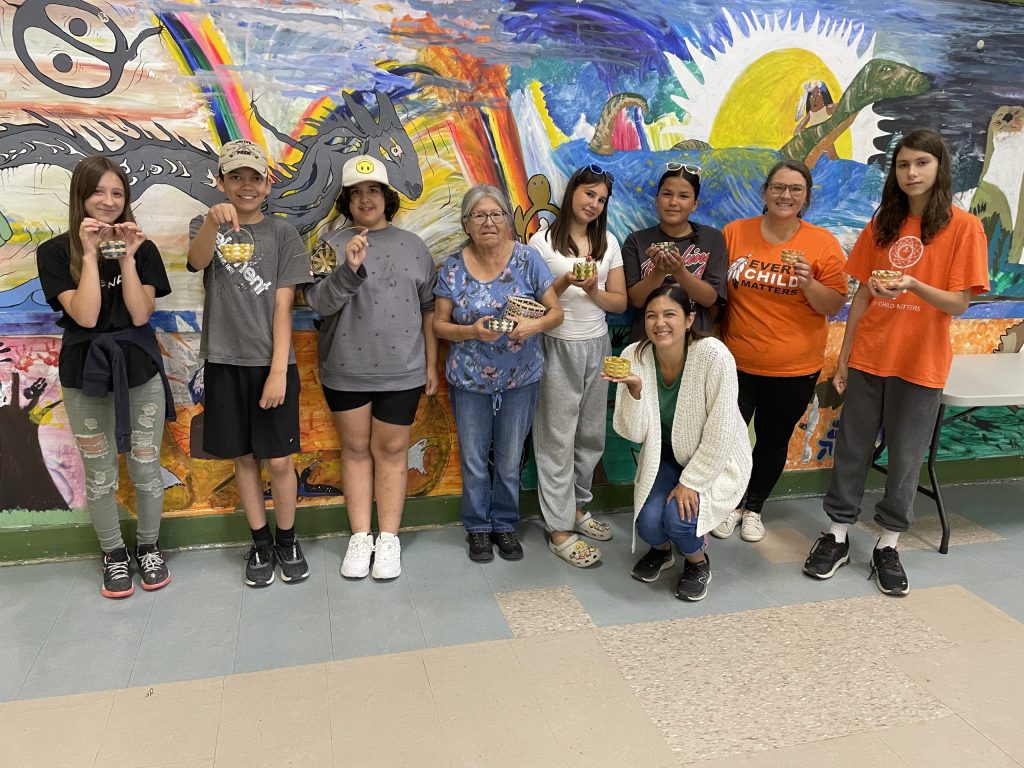
2
Start in Schools
Real change begins in classrooms
To make tangible improvements to fix the gap between Indigenous and non-Indigenous people, education must be at the core of the solution. The children and young teenagers in elementary schools and high shcools are the future voters, professionals, and policy-makers, and their transformation is fundamental. Schools for over a century have been places of cultural assimilation, but today, should be a place of truth and respect.
Elementary Schools: Respect Starts From Day 1
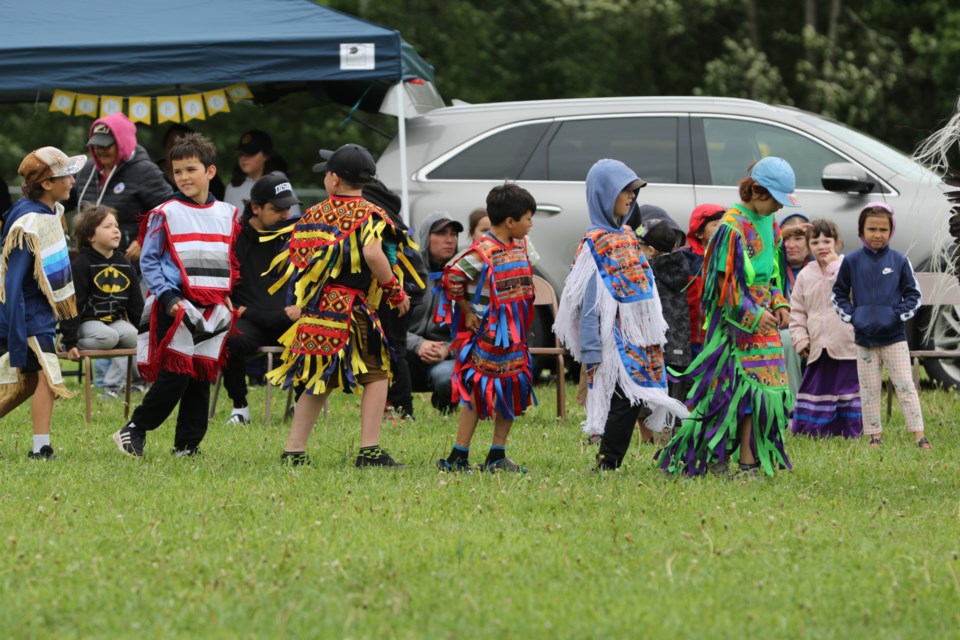
Children’s earliest ideas about equity and identity occur between 6 – 12 years. By providing them with the correct concepts about Indigenous, we are raising a generation that acknowledges the truth and sees Indigenous people as friends.
What can we do?
Reading Indigenous Stories
At elementary level, teachers should let children interact with Indigenous culture in a natural and repectful way. Teachers can read stories or fables in class, and encourage students draw their interpretation of the narrative.
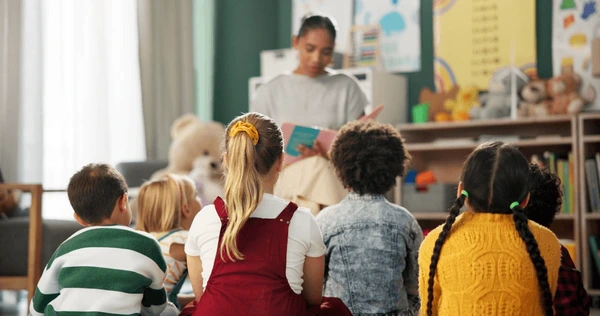
Making Wampum Belt
Teachers can promote the making of Wampum Belts while understanding the meaning behind them. One of the earlieast treaties European settlers had with Indigenous people is a wampum belt treaty. Through this actitivty, students can understand the idea of One Dish One Spoon, and establish a relationship that is mutually respectful with Indigenous people.
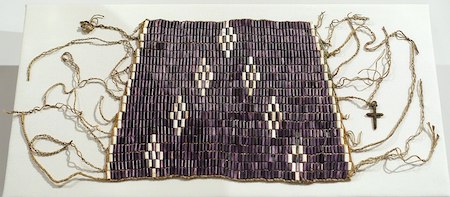
Recognizing Traditional Plants
Teachers can lead students to seek traditional Indigenous plants in the parks or trails beside the school, and can introduce the uses and significance of these plants in Indigenous history and culture. This activity combines science, geography, and cultural education, teaching students to be repectful of both the culture and nature.
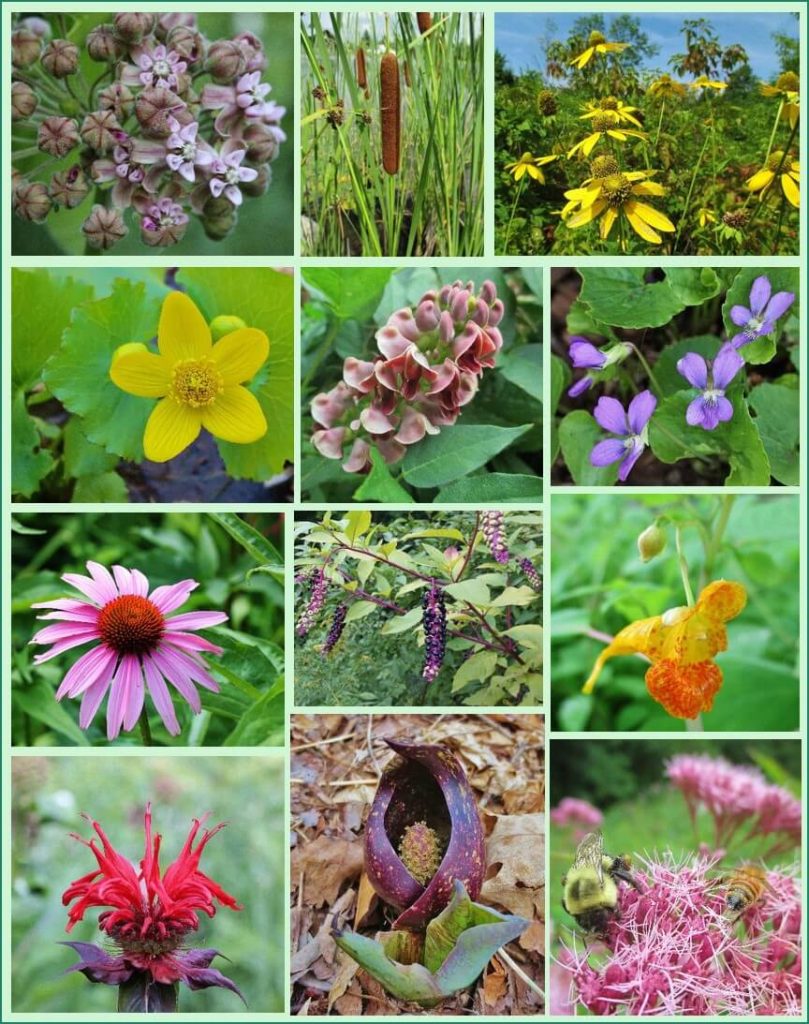
High Schools: History and Policy
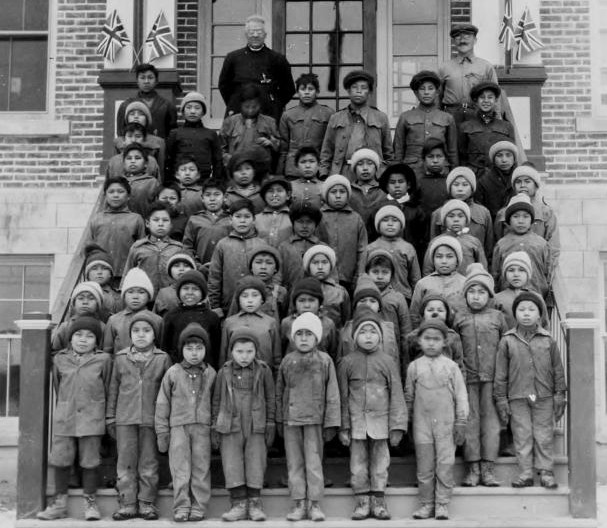
At high school, students should gain a deeper knowledge about the history and truth between Indigenous and non-Indigenous. Students should be encouraged to explore the trauma of the past and inequality of the present using critical thinking skills to recognize the diversity of the Indigenous culture from different aspects.
What can we do?
Laws and Colonialism
History courses in high school should introduce laws related to Indigenous people and the history of colonization. For example, Indian Act, treaties, land rights and Indigenous identity system.
Indigenous in the Present
The current predicament and discrimination that Indigenous people are facing should be taught and discussed in class, such as missing and murdered Indigenous women, land strugles, enviromental protection, Indigenous arts and voices.